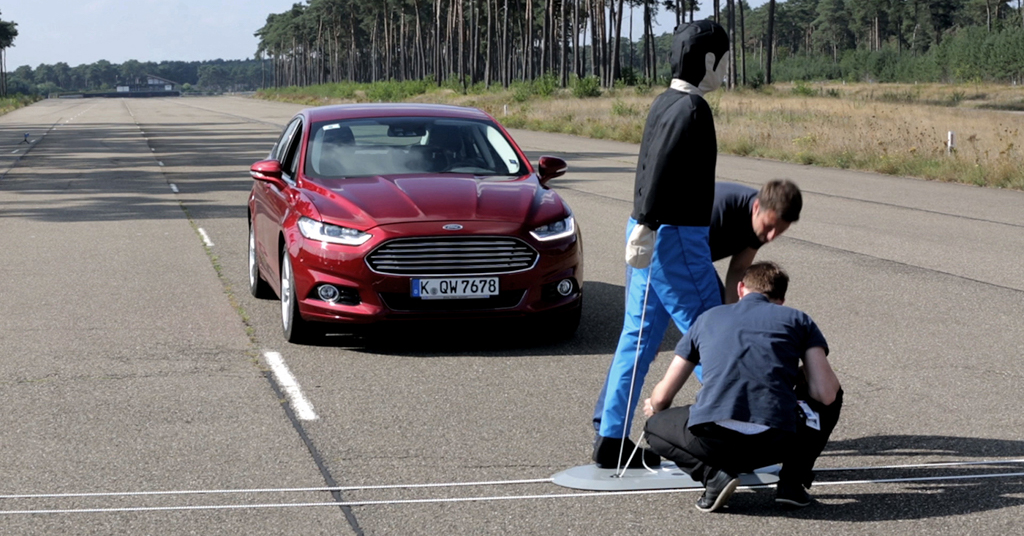Pedestrian fatalities have been increasing over the past decades, and carmakers have been busily designing pedestrian detection systems.
6,000 pedestrians killed in 2017
Statistics show that in 2017, 6,000 pedestrians were hit and killed by cars in the U.S. -up from 4,109 in 2009. And 75 percent of these fatalities occurred at night. Pedestrian detection systems are now standard on roughly one-third of new cars and available as an option on many more. But how effective is this technology in preventing pedestrian deaths?
What is pedestrian detection?
Pedestrian detection technology uses advanced sensors, including cameras and radar, to detect human movements and alerts the driver or automatically brakes if there is a pedestrian in the vehicle’s path. The system processes the information and can often react quicker than a human driver when a collision is imminent.
Study says the technology could be improved
According to a study by the AAA, pedestrian detection, used along with automatic emergency braking (AEB), is definitely working. But the study also cites that technology still could use some improvement to reliably detect pedestrians in all situations. In tests conducted by the AAA on four 2019 model-year sedans equipped with AEB and pedestrian detection –the Chevrolet Malibu, Honda Accord, Tesla Model 3, and Toyota Camry –it was found that pedestrian detection was “significantly challenged” in various simulated test scenarios involving dummies representing the child and adult-sized pedestrians.
For example, in one test, where a vehicle (traveling at 20mph) encountered a child darting from in between two cars, a collision occurred 89 percent of the time. If the vehicle was traveling at 30mph, none of them avoided a collision. The pedestrian detection system was ineffective in tests when encountering a pedestrian at night. But if an adult was crossing the road in daylight and the test vehicle was traveling at 20 mph, an impact with the pedestrian was avoided 40 percent of the time.
And the verdict?
Although not foolproof, a car fitted with both AEB and pedestrian detection is a definite improvement according to many, as it alerts the driver if a pedestrian is ‘seen.’ Since the car can also brake automatically if the driver fails to react quickly enough, at least the car will hopefully slow down enough to prevent an accident. Hopefully, the technology will progress enough to prevent all pedestrian fatalities in the near future.
This post may contain affiliate links. Meaning a commission is given should you decide to make a purchase through these links, at no cost to you. All products shown are researched and tested to give an accurate review for you.
